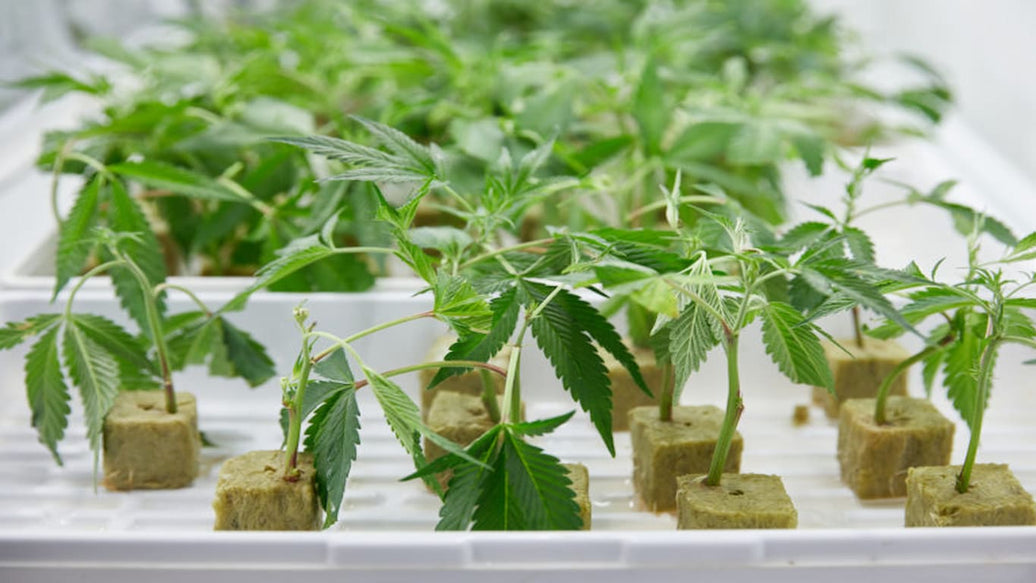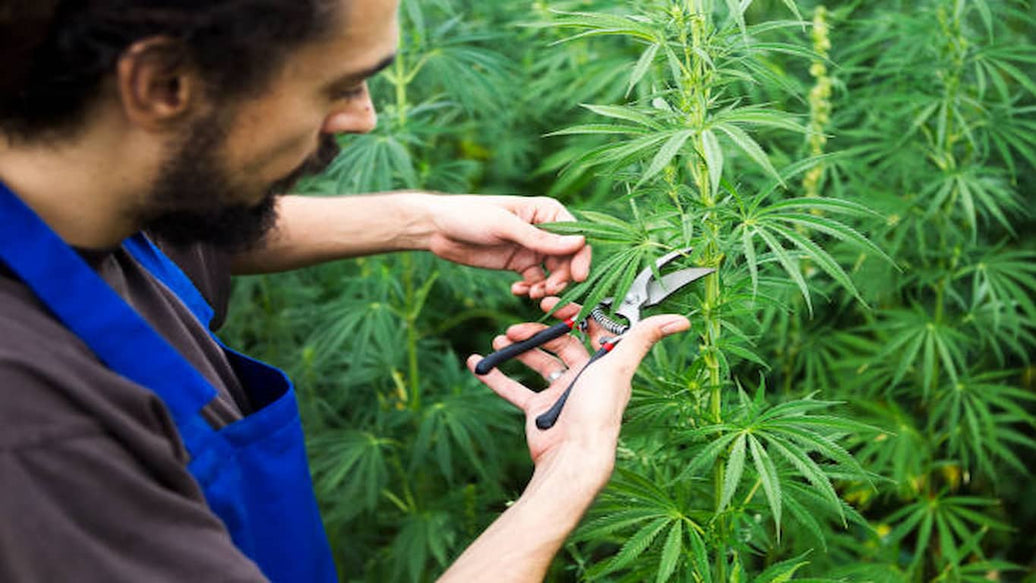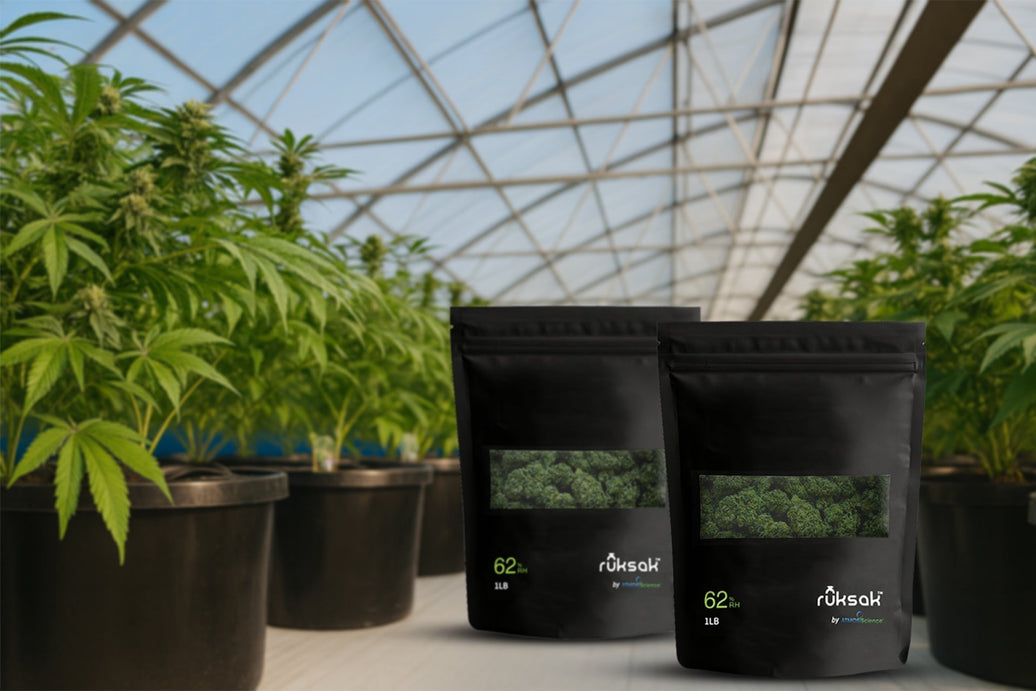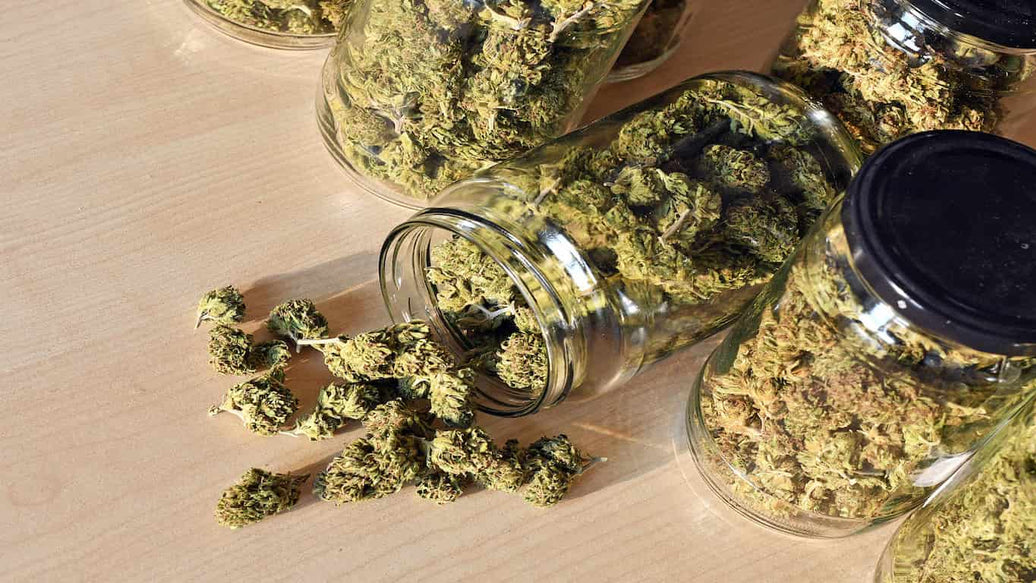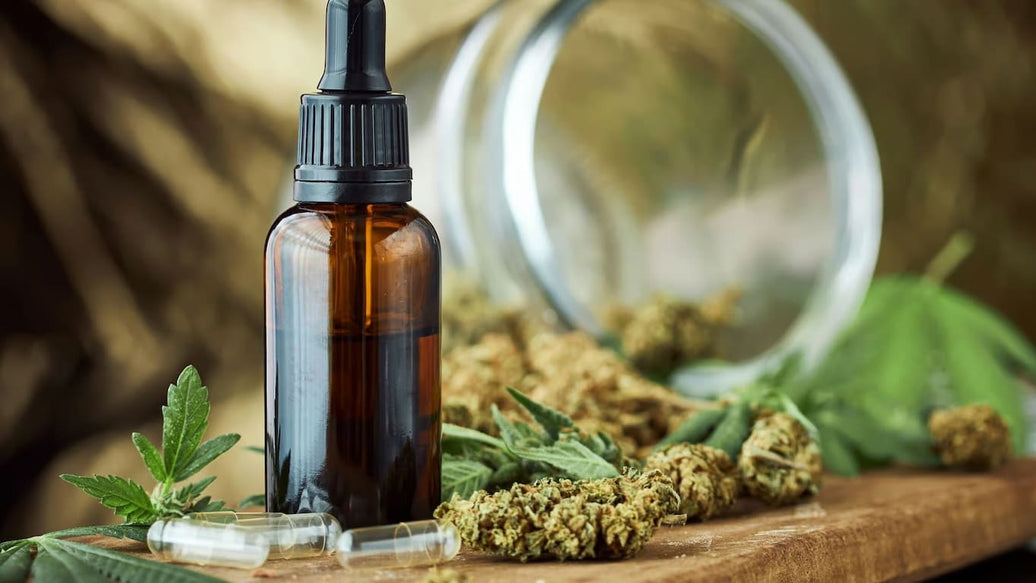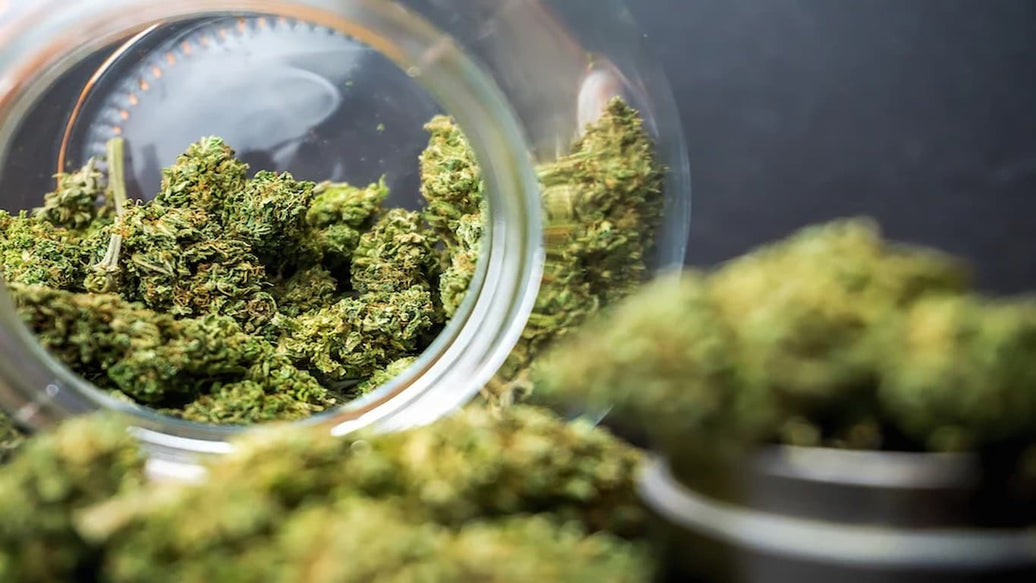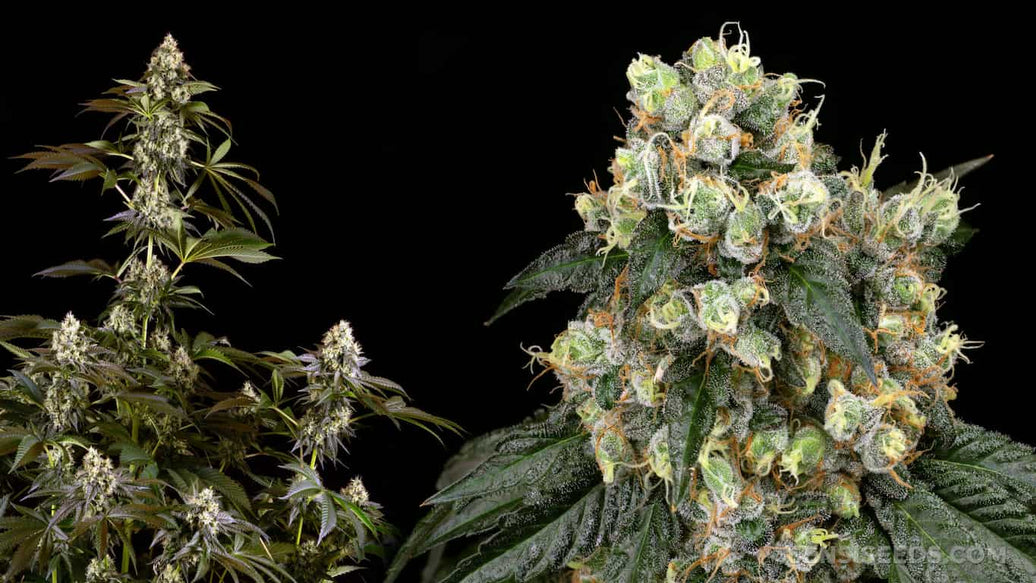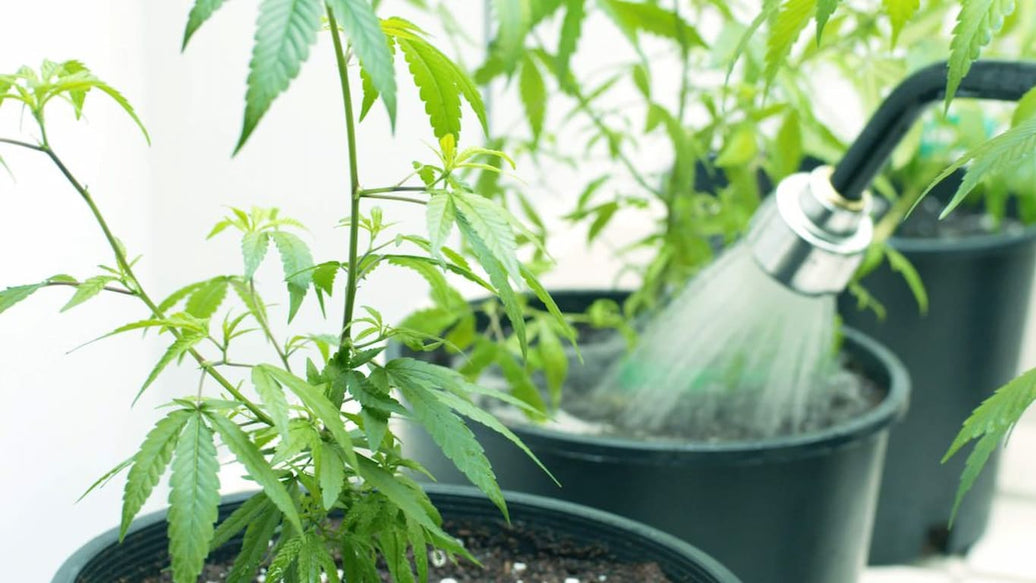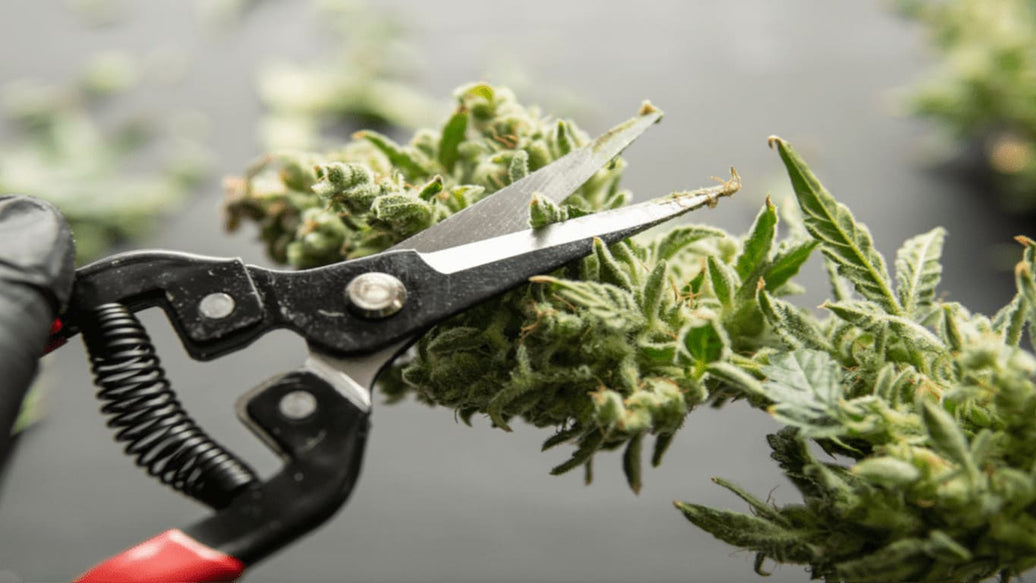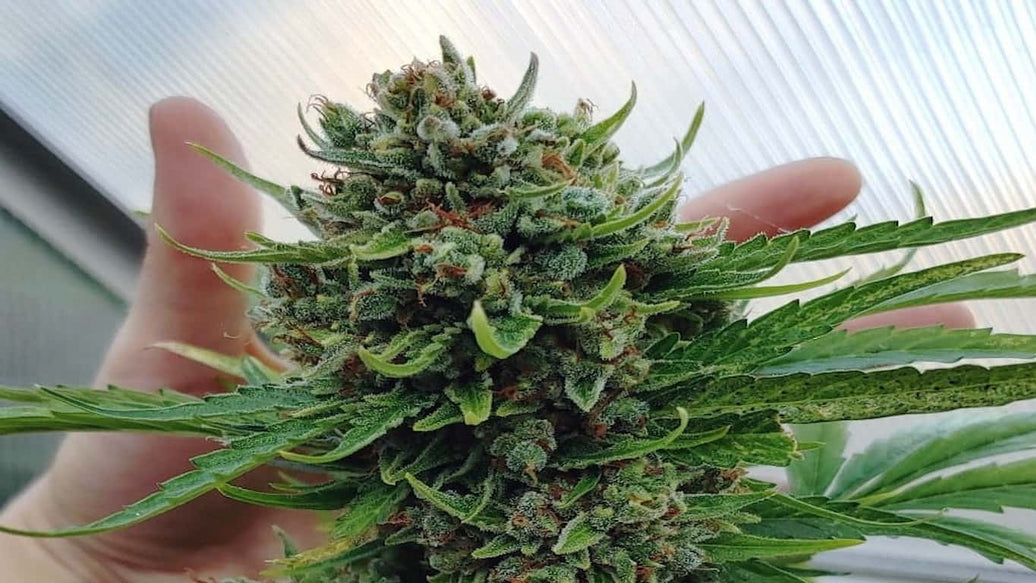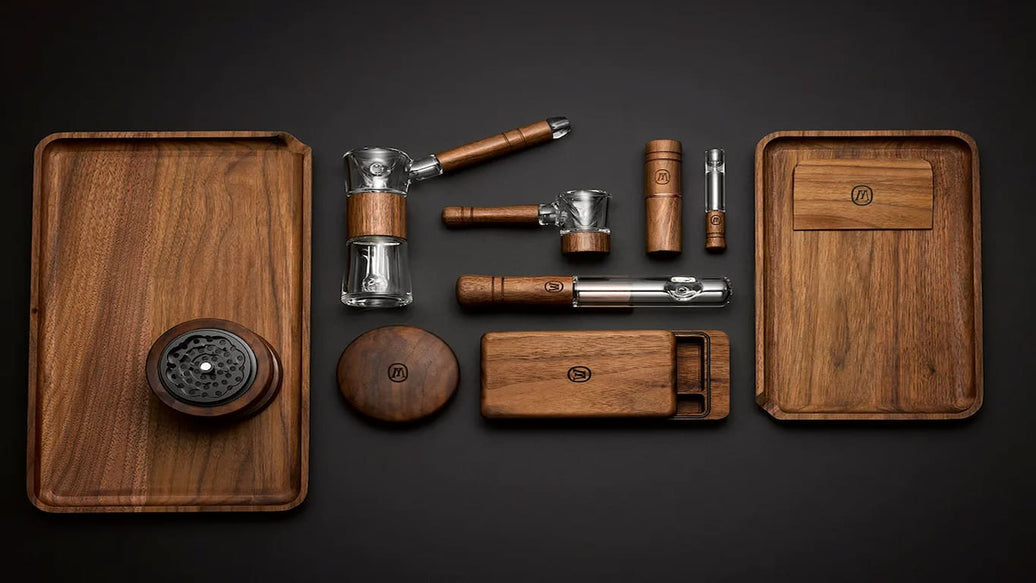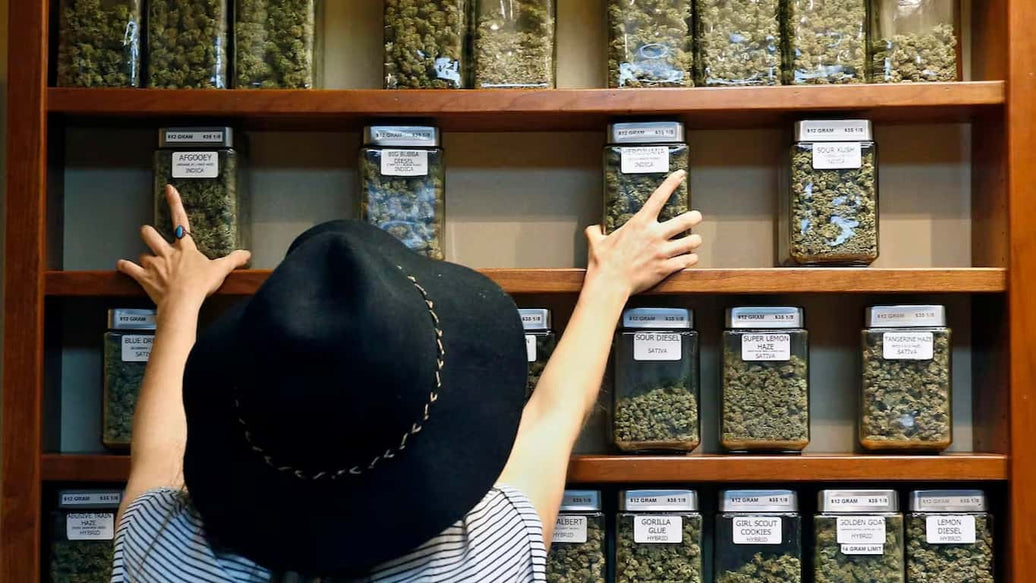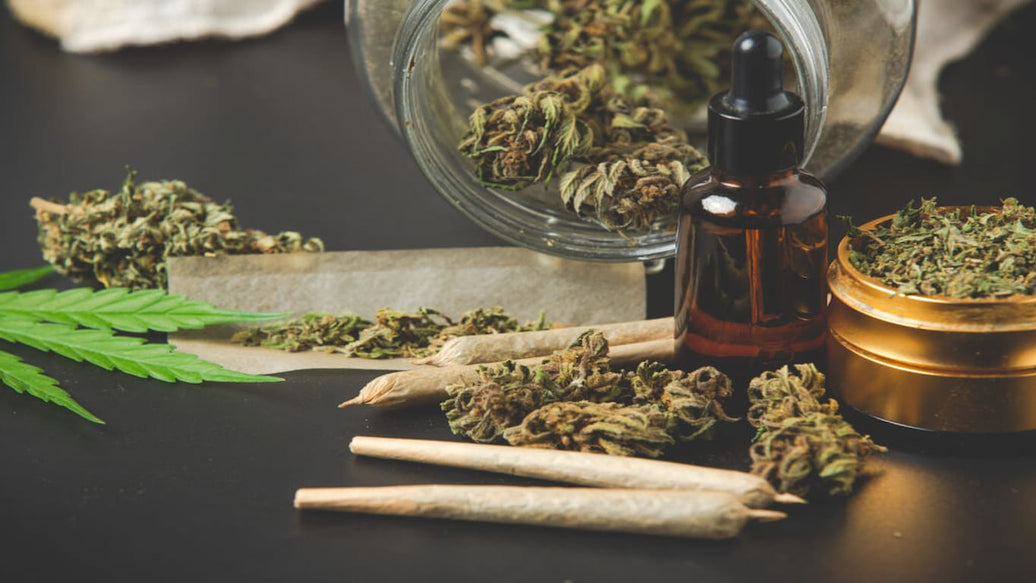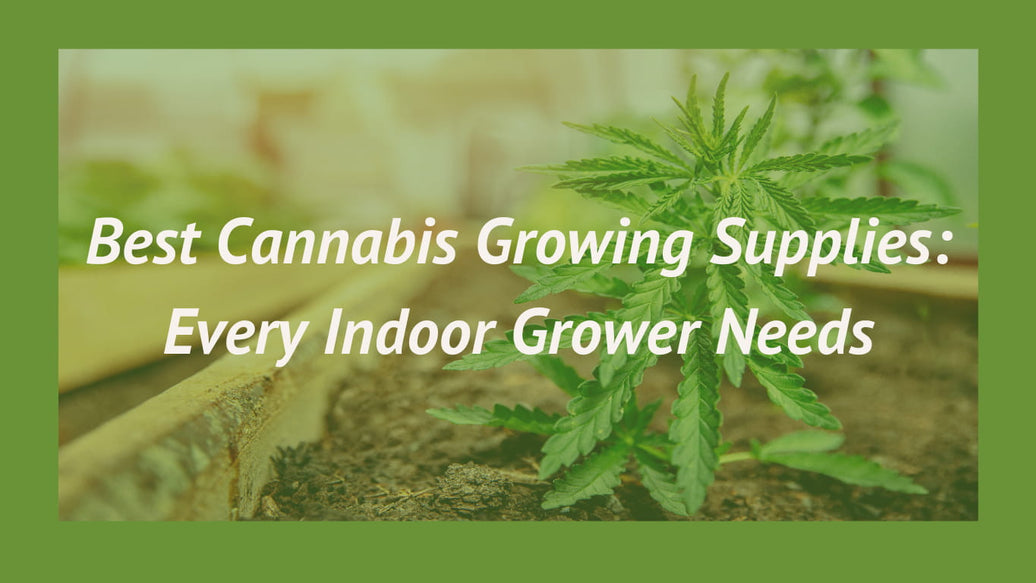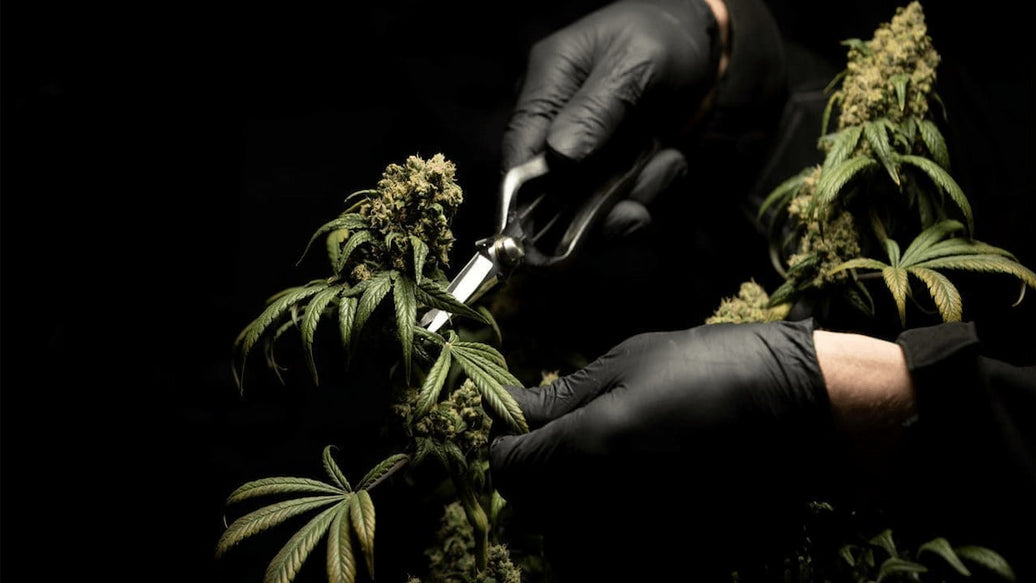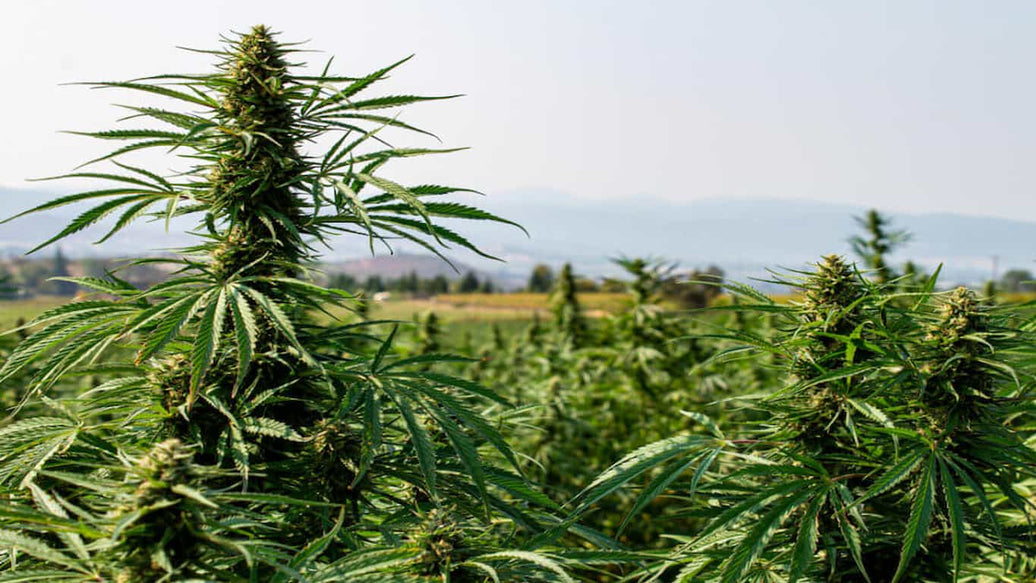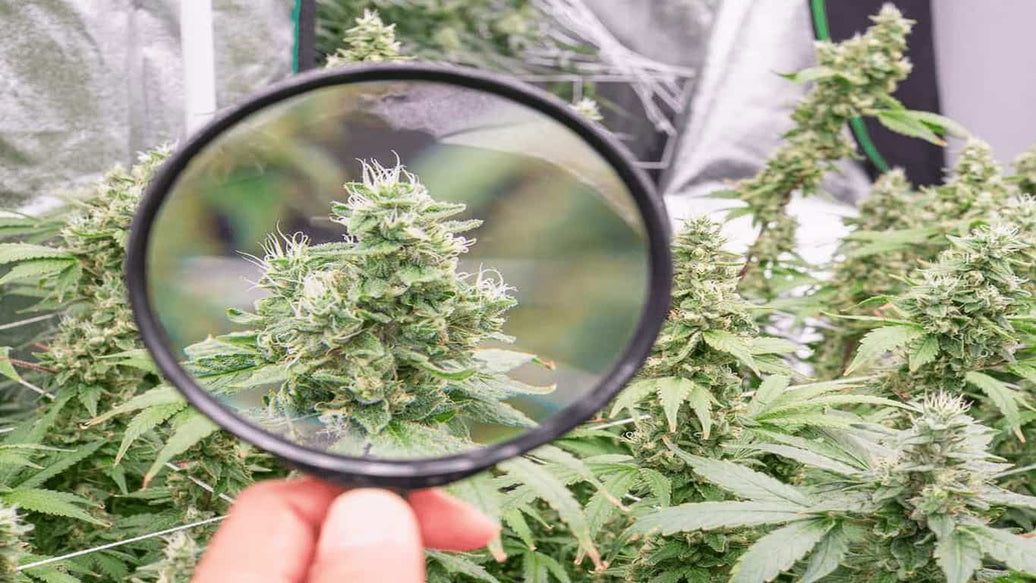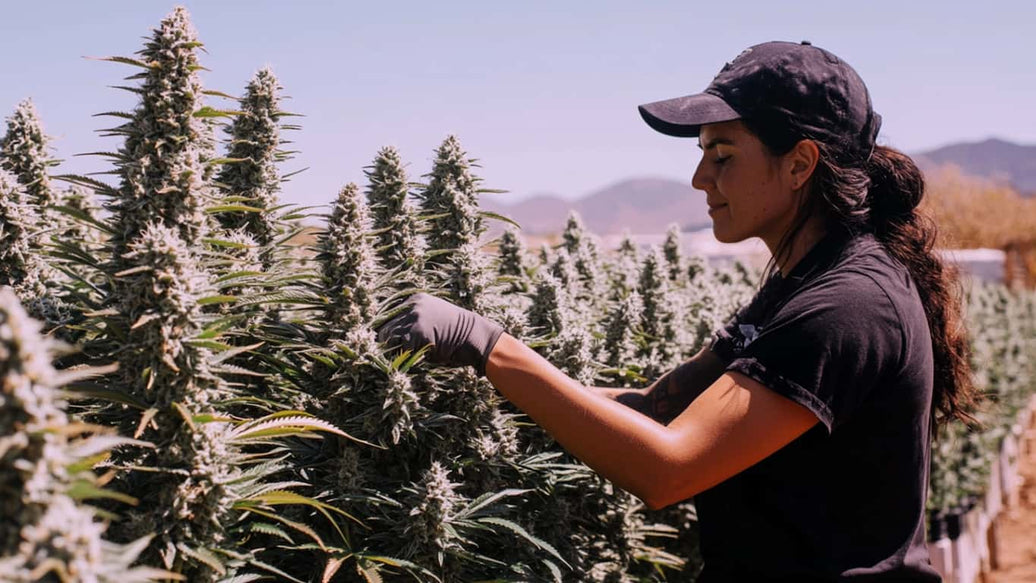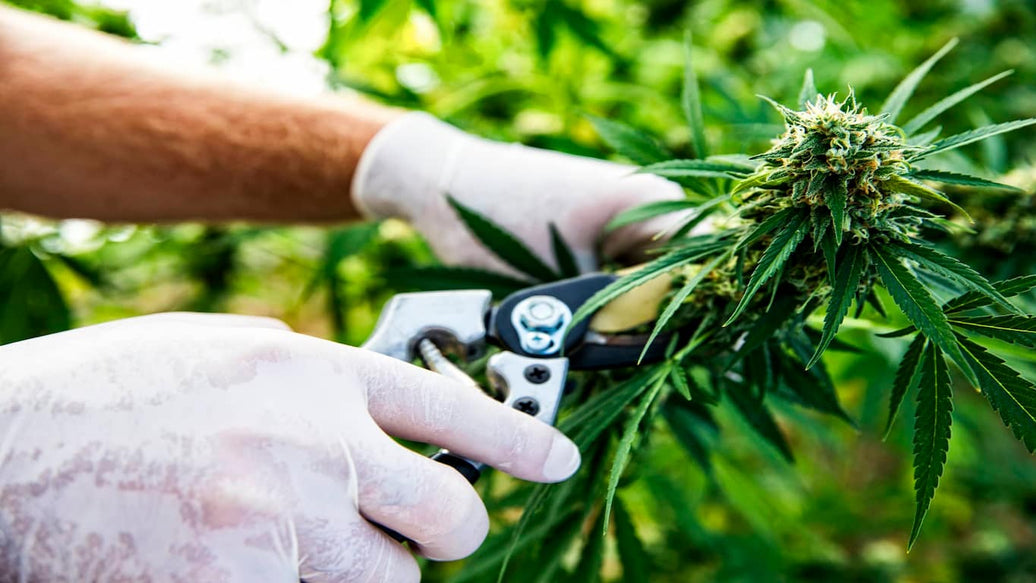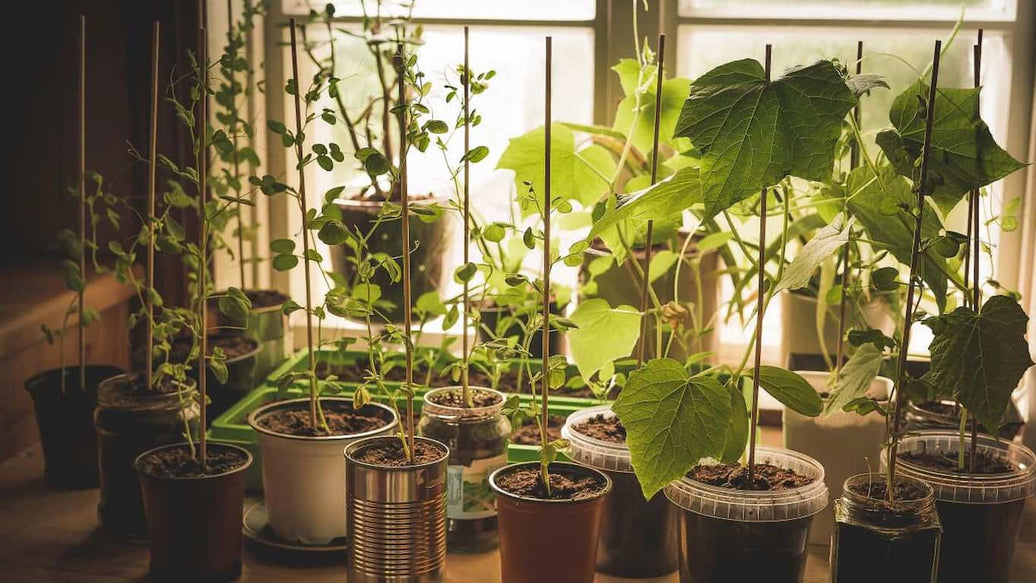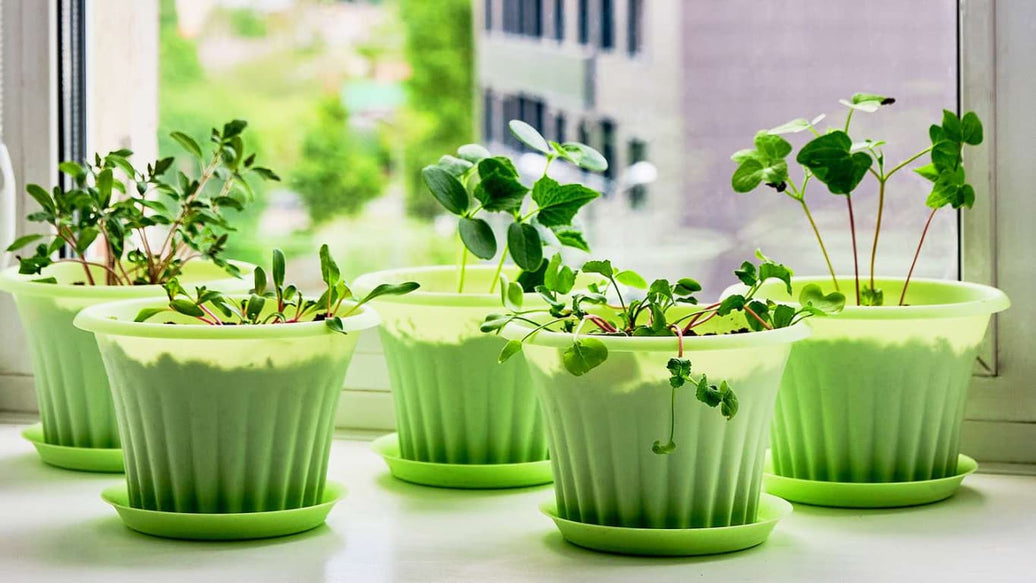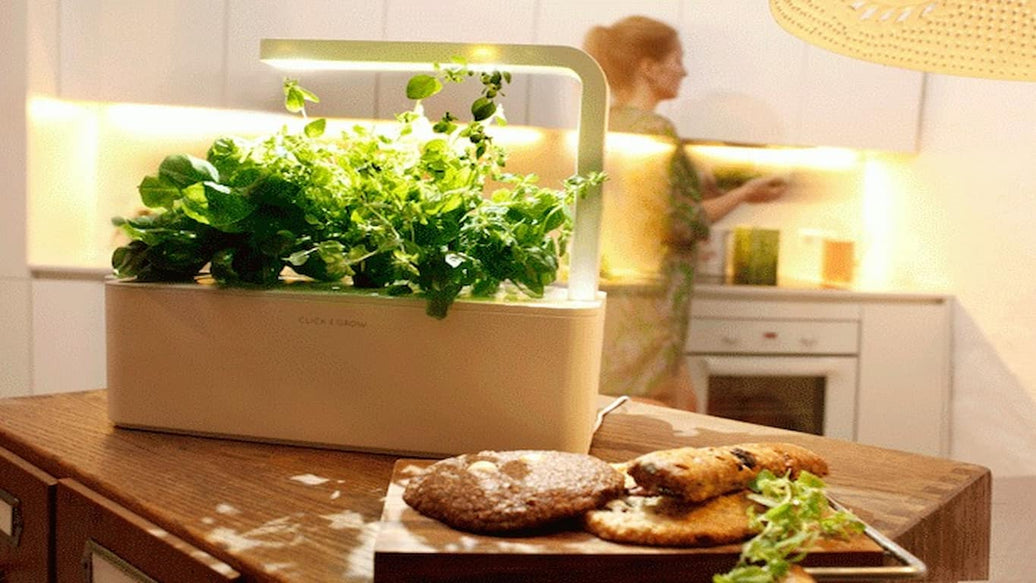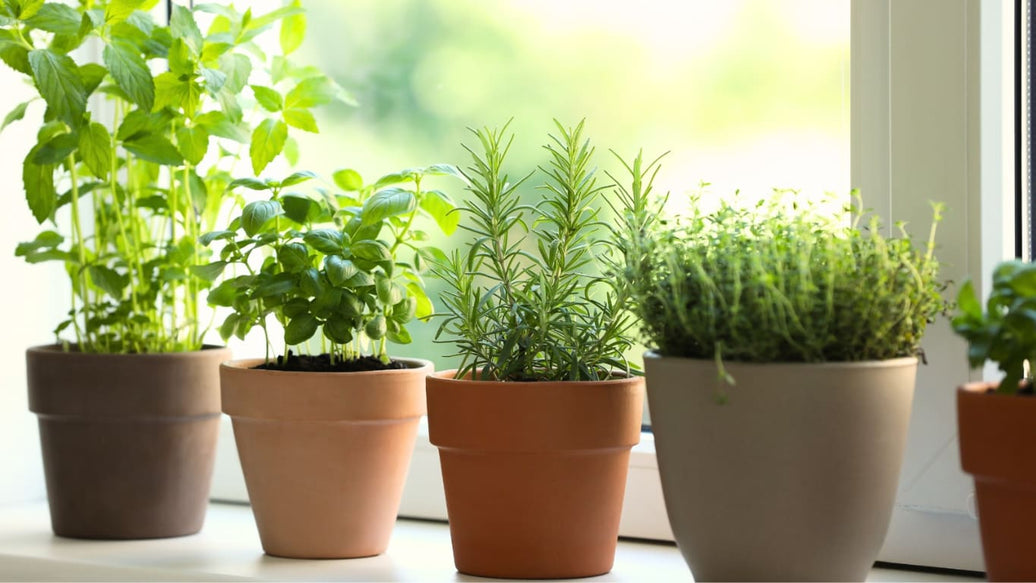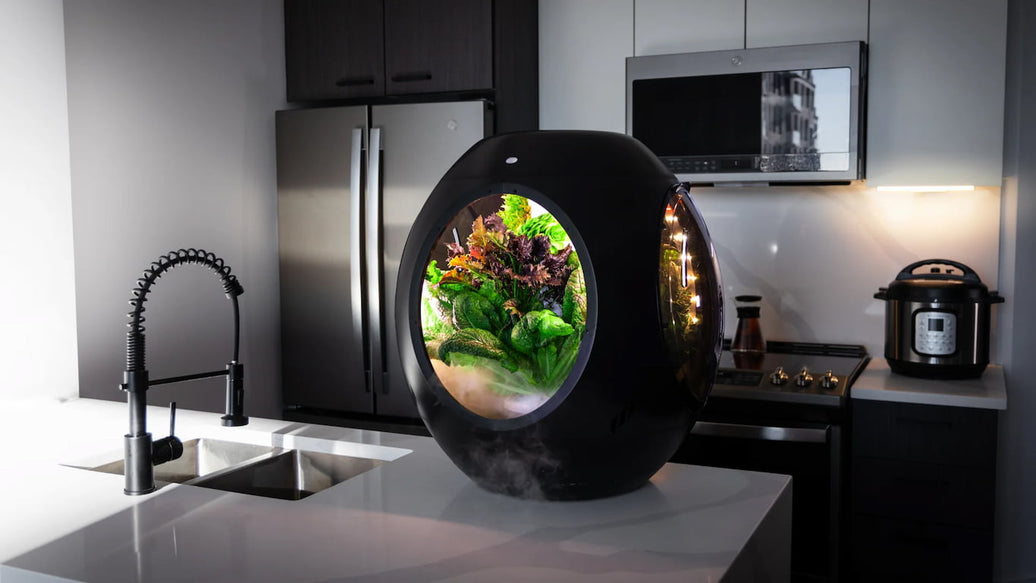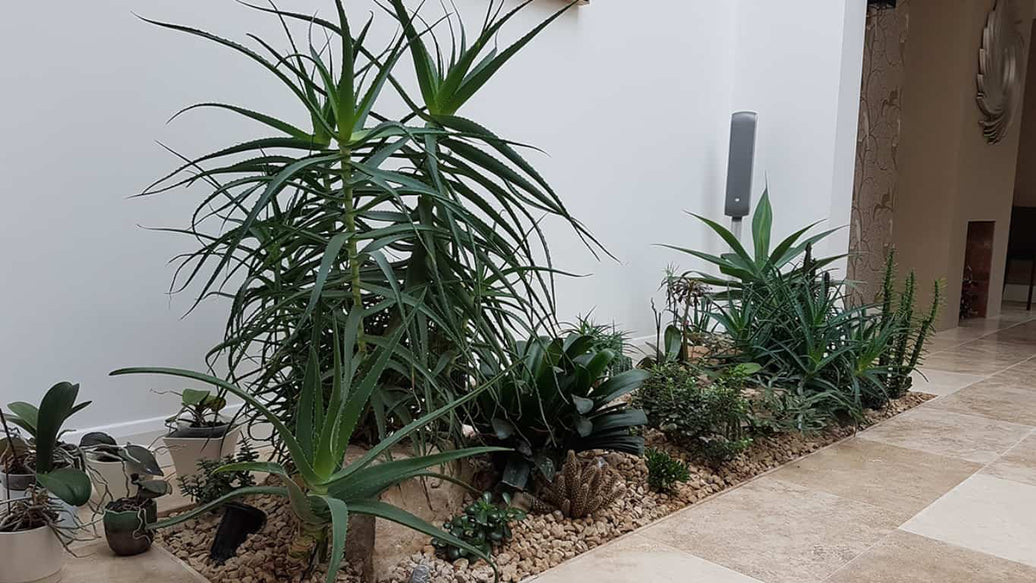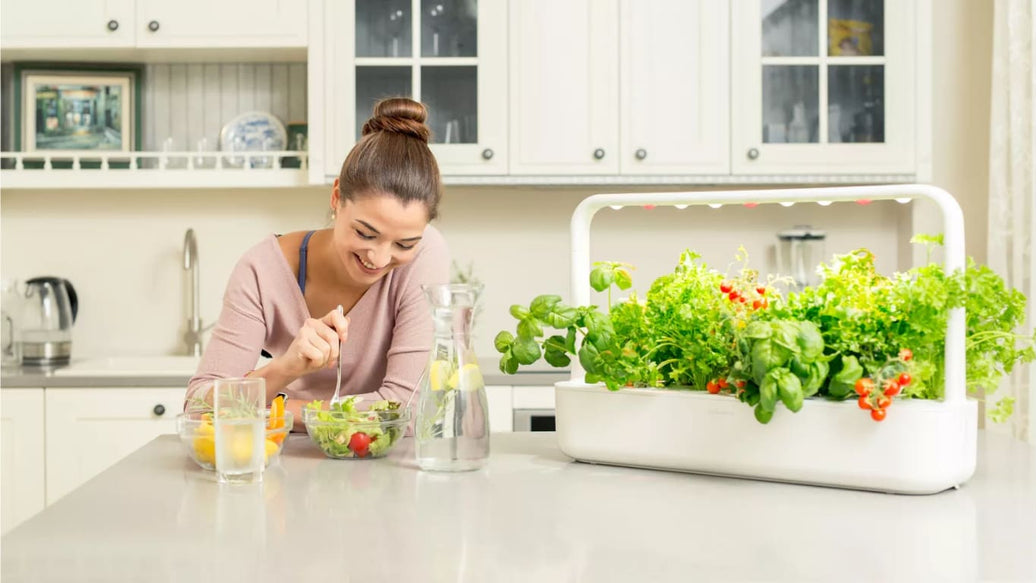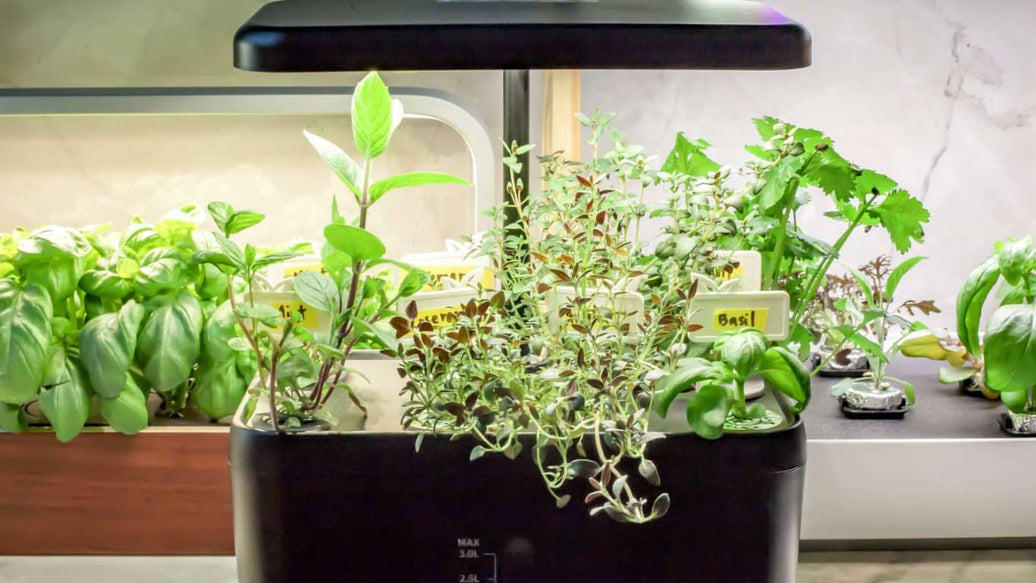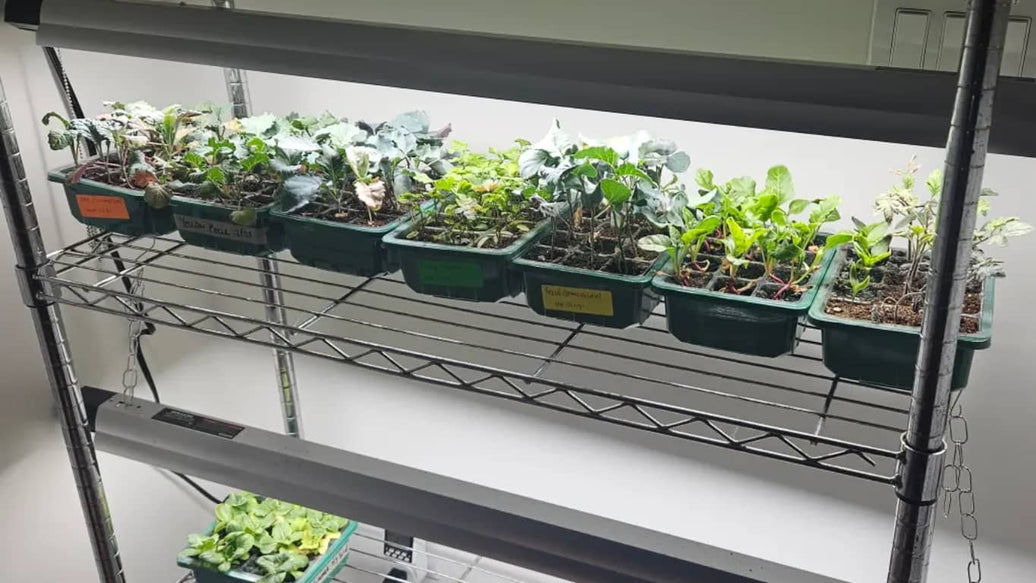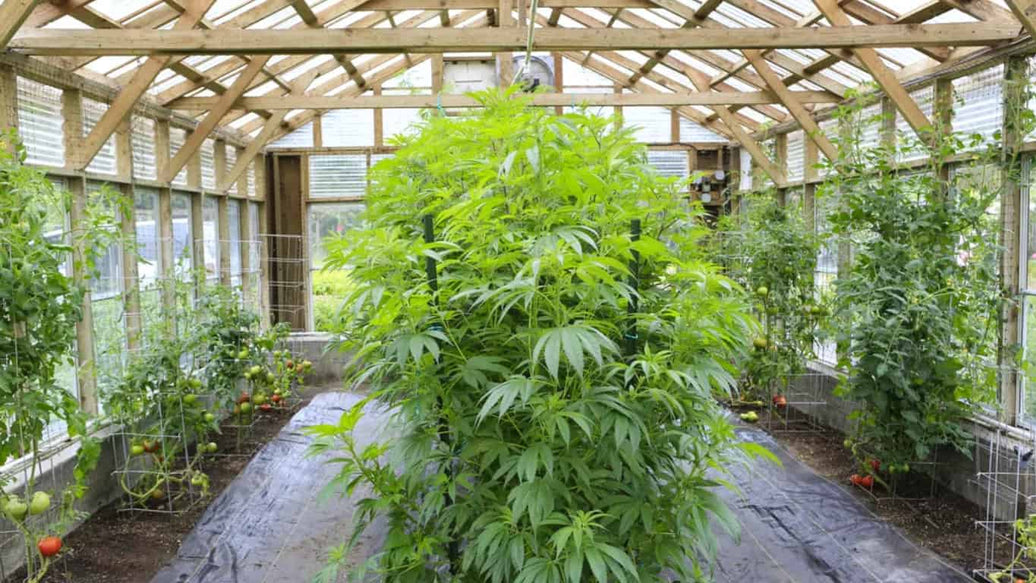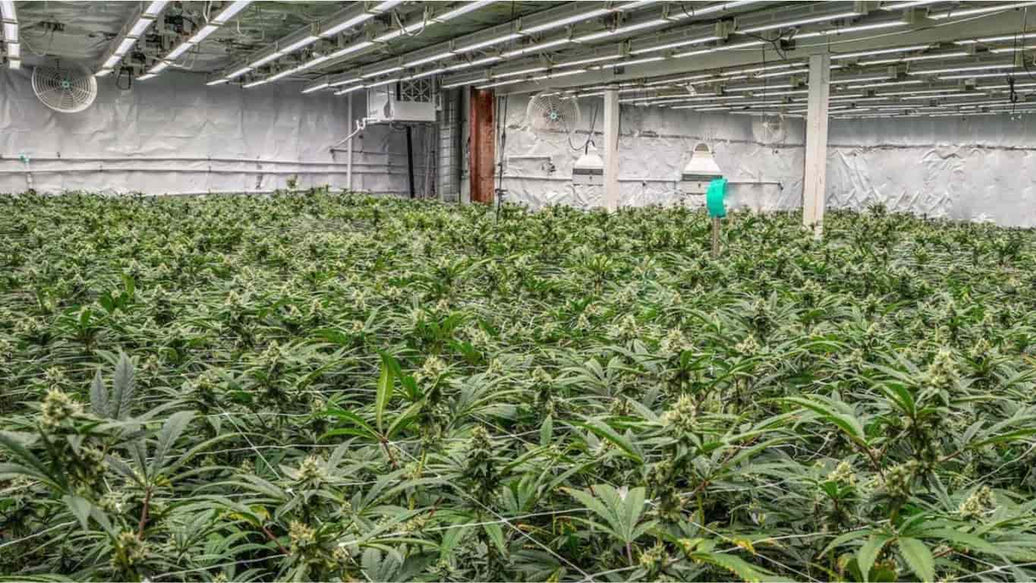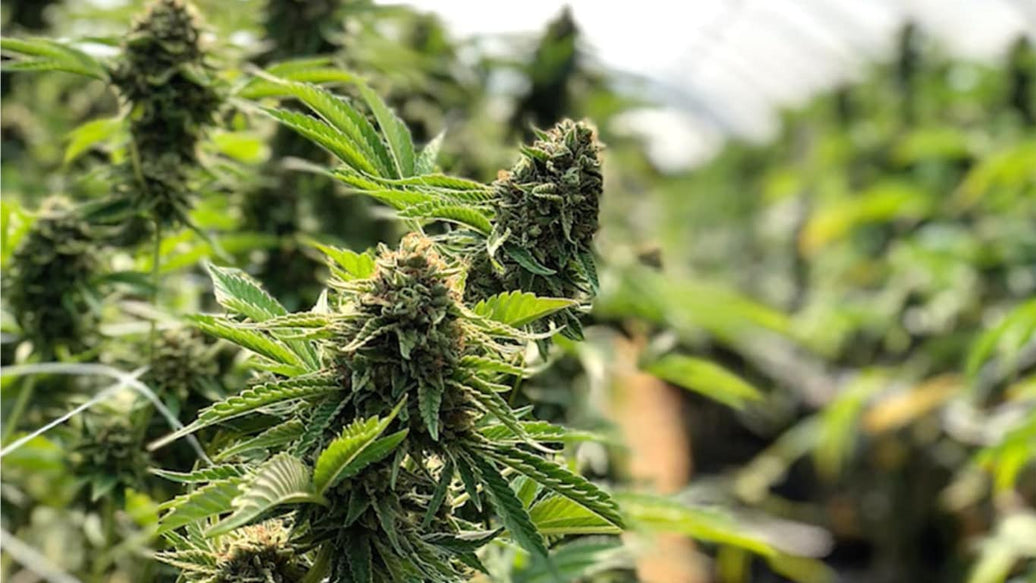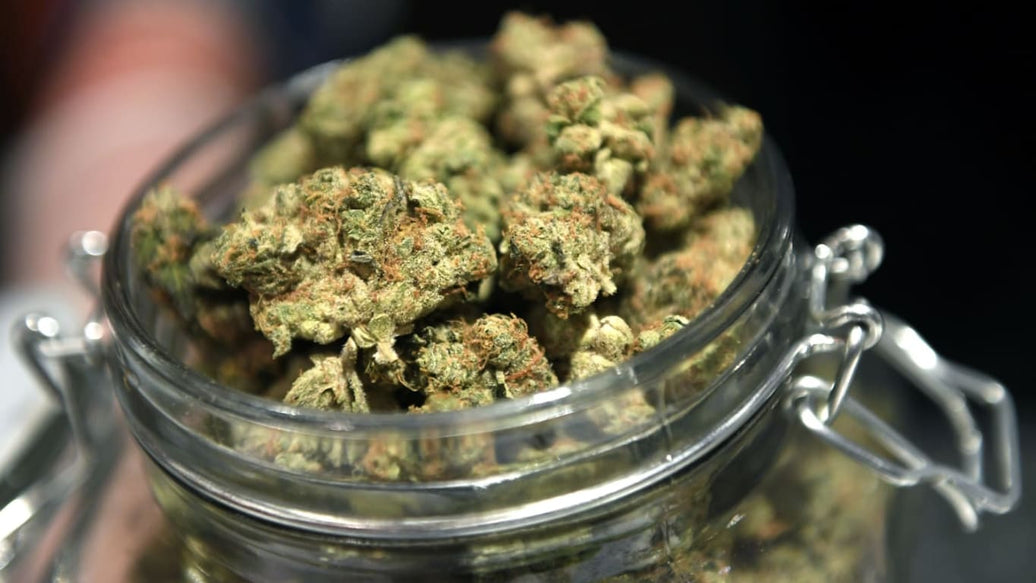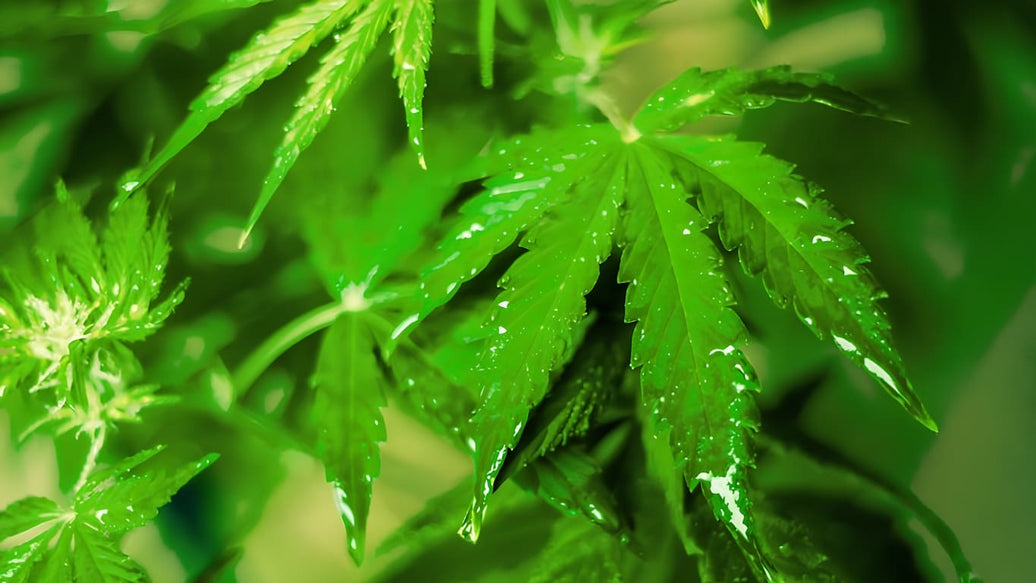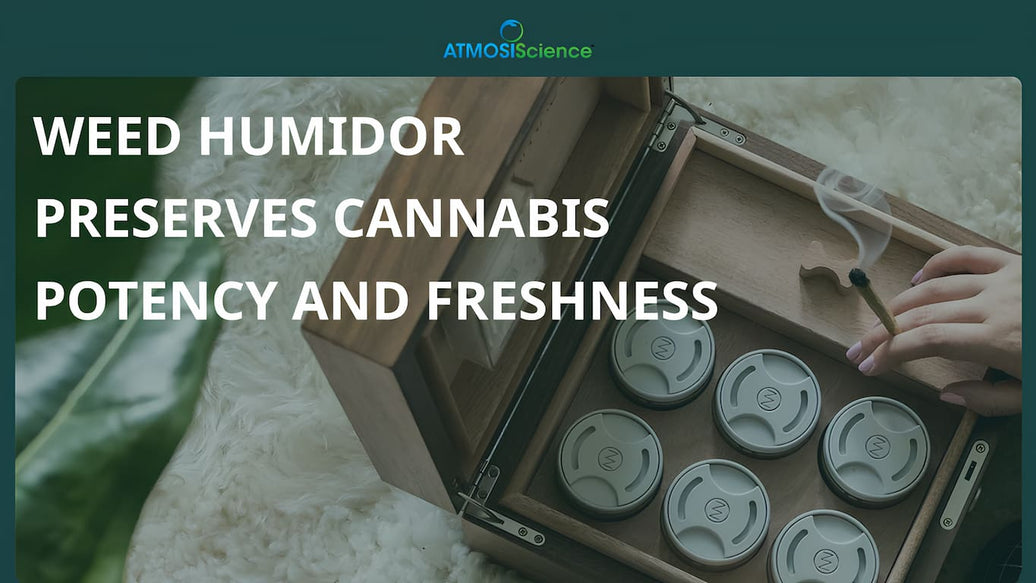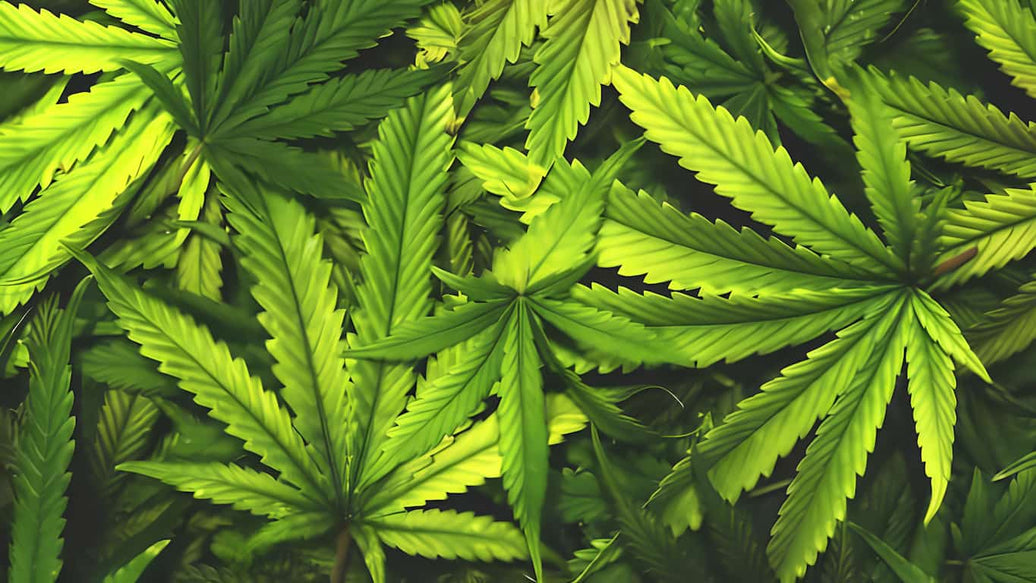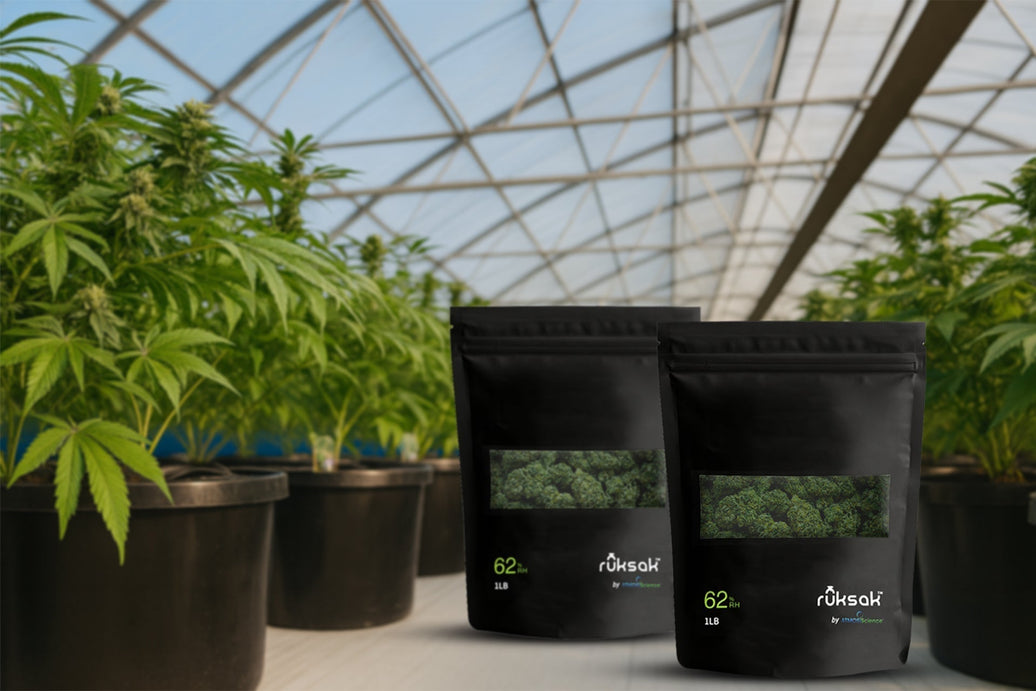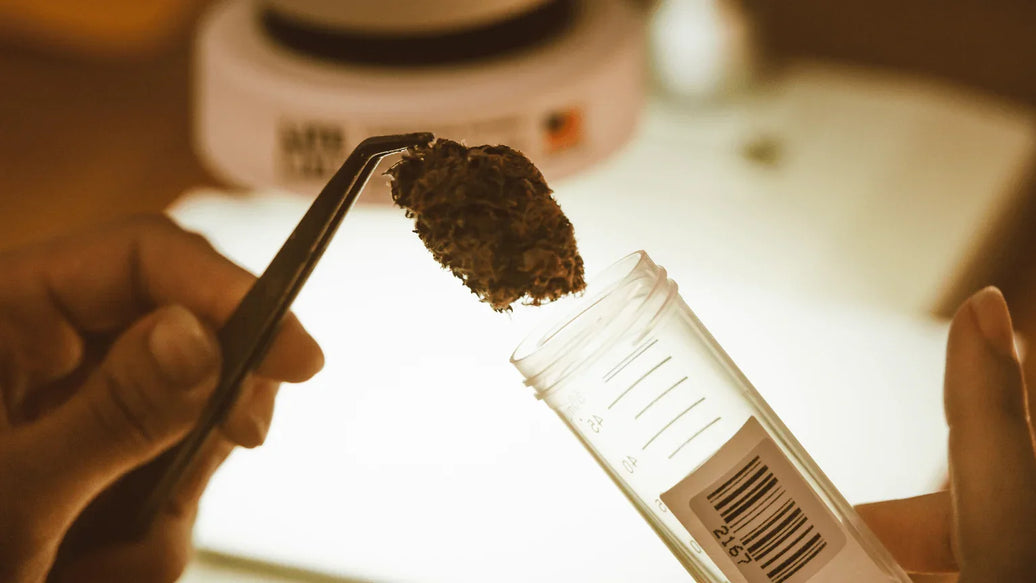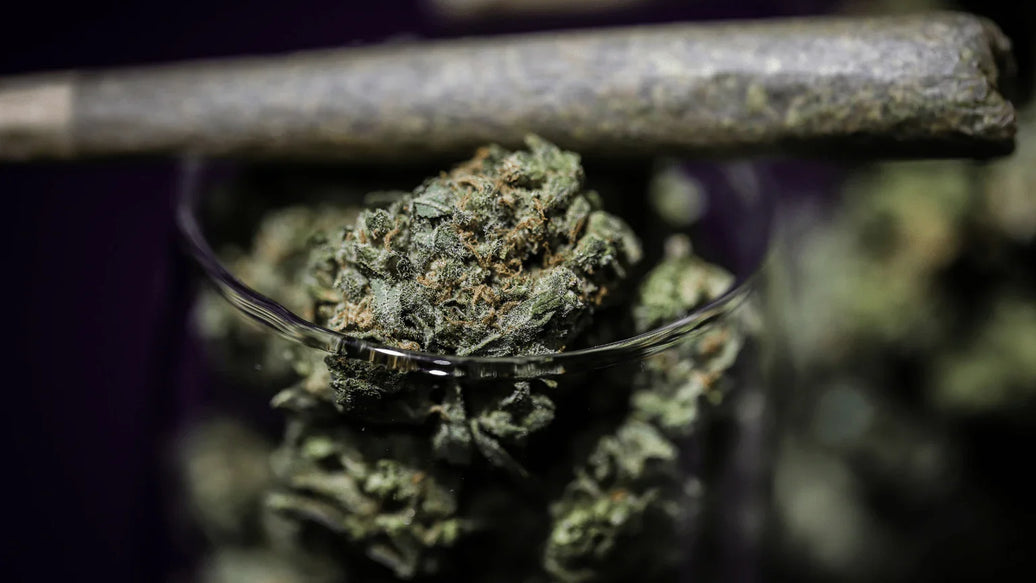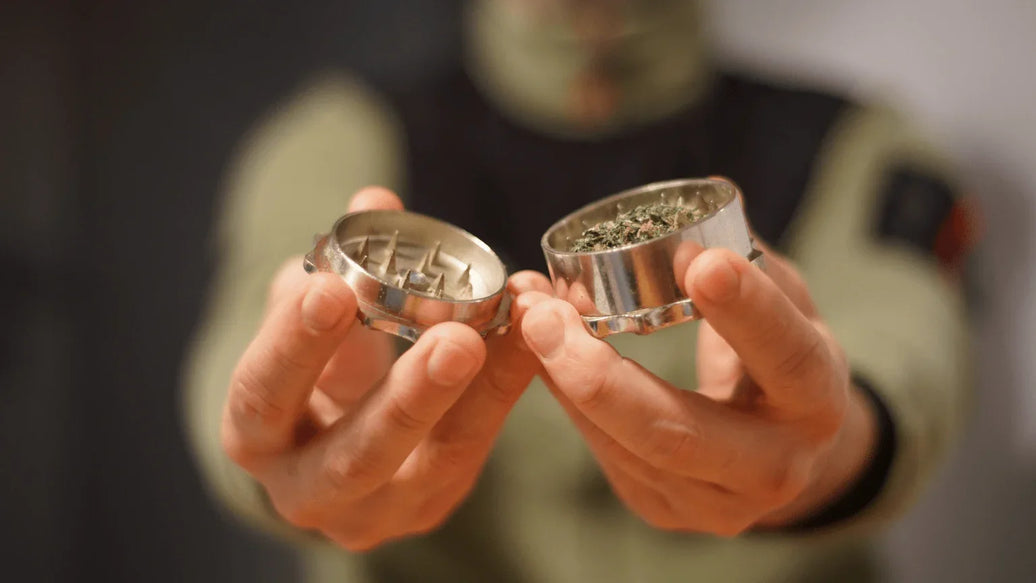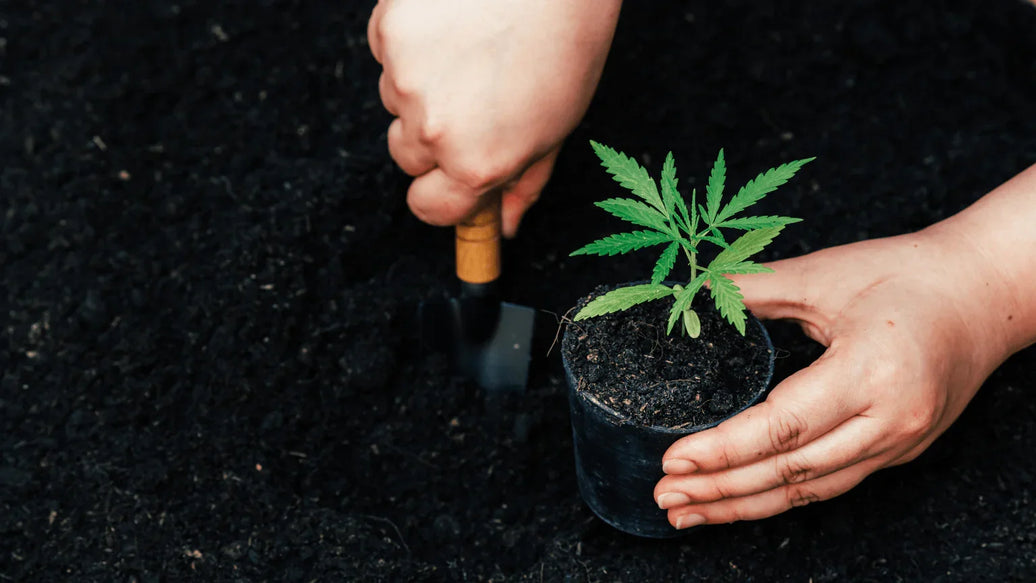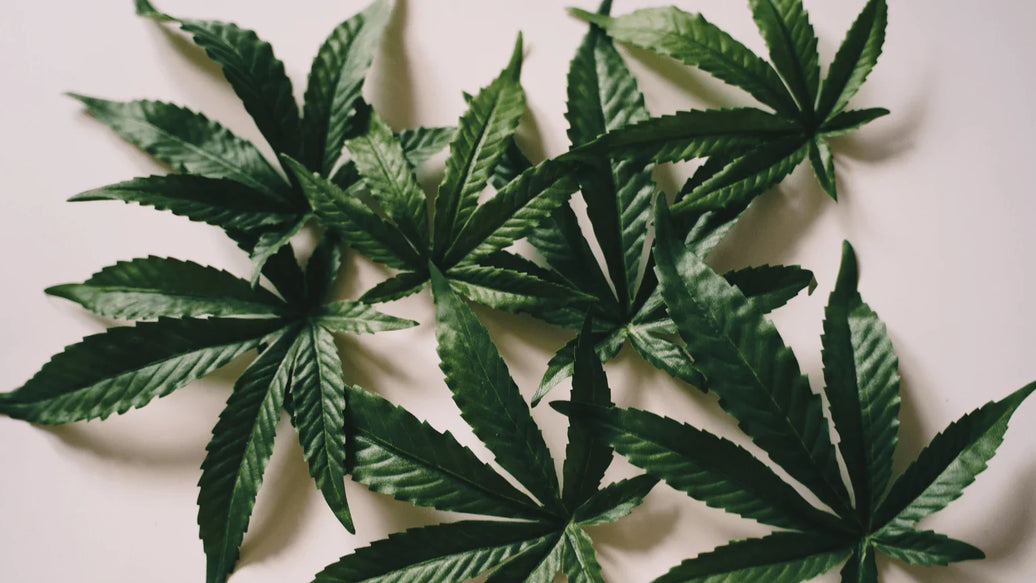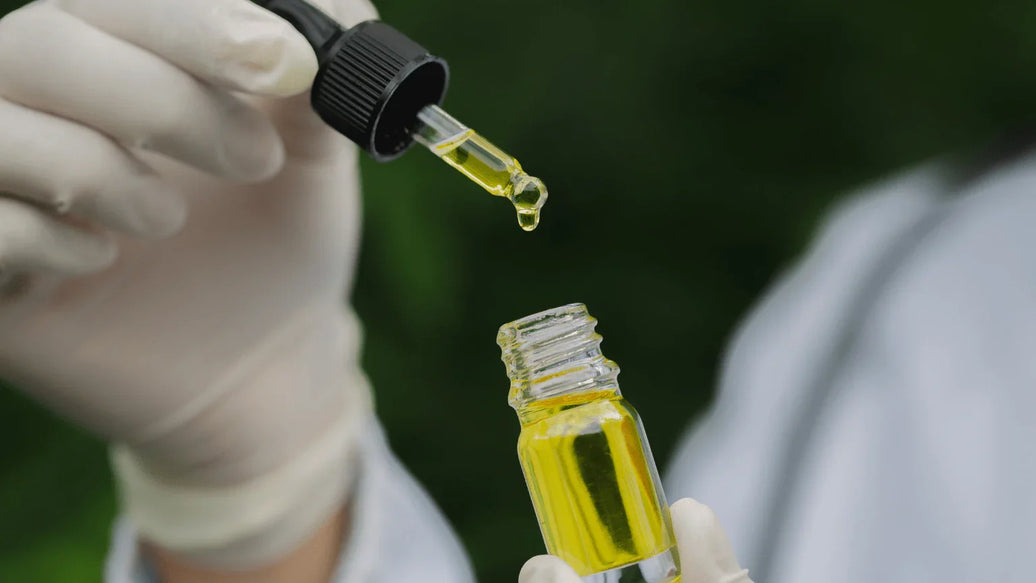“Does weed go bad” is a common question among cannabis users, hobbyists, and patients alike. With the surge in cannabis legalization and consumption, understanding how long your weed stays fresh and potent is essential. Whether it’s recreational flower or medical cannabis, knowing the shelf life and how to prevent your stash from becoming stale weed can save money, maximize effects, and protect health.
This in-depth blog explores scientific research and practical advice about cannabis shelf life. It answers key questions like does weed go bad over time, does weed go stale, and can weed go stale, while linking to trusted storage solutions for cannabis preservation.

What happens when weed goes bad?
To grasp does weed go bad, it’s important to know what "going bad" means for cannabis. Unlike food, where spoilage often means unsafe consumption, cannabis mainly loses potency and quality over time but can also develop undesirable microbial growth which poses health risks.
Cannabis primarily degrades through:
- Loss of THC and other cannabinoids: The psychoactive THC in weed gradually converts into less psychoactive compounds such as CBN, reducing potency.
- Terpene degradation: Terpenes give cannabis its distinct aroma and flavor and evaporate or oxidize with time, causing staleness.
- Moisture loss and drying out: Weed becomes dry and crumbly, signaling it’s stale weed.
- Microbial spoilage: Mold and mildew may grow on improperly stored cannabis, making it unsafe to consume.
While stale weed does not necessarily mean it is harmful, its diminished potency and taste reduce the quality of the smoking or vaping experience. However, moldy cannabis should always be discarded due to health risks.
For those interested in prolonging freshness, ATMOSIScience offers premium cannabis storage jars liners and humidity control products, designed to preserve potency and prevent spoilage.

Scientific research on weed shelf life
Several academic studies have investigated does weed go bad over time and how storage conditions influence cannabis stability.
One notable study reported THCA (the acidic precursor to THC) decreases around 0.5% monthly under typical storage conditions, projecting a half-life (50% potency loss) near 8 to 9 years if stored ideally - cool, dark, and airtight (PMC9501240). This indicates cannabis does not instantly spoil but slowly degrades.
Microbial contamination also tends to decline over time in dried cannabis, if kept dry, suggesting desiccated storage is crucial for safety (MarijuanaVenture, 2020). However, moisture and warmth dramatically increase mold risk.
The impact of temperature on cannabinoid degradation is significant. Research shows frozen storage best preserves THC content, minimizing loss to under 5% over a year, while room temperature storage can cause THC losses up to 87% within the same period (Broughton Group, 2024). This highlights that temperature control is paramount for longevity.
Studies also confirm cannabis remains relatively stable for 1-2 years in dark, room-temperature conditions before substantial degradation occurs (PubMed, 2021). Beyond this, potency and flavor markedly decline.
In summary:
- Cannabis potency decreases steadily but slowly over time.
- Optimal storage is cool, dark, and airtight.
- Cannabis can last 1-2 years well; quality declines substantially thereafter.
Does weed go stale? Can weed go stale?

“Does weed go stale?” and “Can weed go stale?” are closely related questions exploring quality loss short of spoilage.
"Stale weed" refers primarily to dry, old cannabis that has lost moisture, aroma, flavor, and smoothness but may not be contaminated with mold. It feels crumbly rather than sticky or dense.
Staleness arises chiefly from:
- Terpene evaporation: Terpenes are highly volatile and degrade or evaporate with exposure to air and heat.
- Cannabinoid breakdown: THC gradually converts to less psychoactive cannabinoids.
- Moisture loss: Dried-out cannabis loses its fresh “snap” and smells more like hay.
While stale weed is generally safe to consume, it provides a less satisfying user experience. Terpene loss impacts the aroma and subtle effects. Many consumers prefer fresher weed for the full entourage effect.
To avoid stale weed, store cannabis in airtight containers with humidity control and avoid prolonged exposure to oxygen, heat, or UV light.
How to tell if your weed has gone bad
Knowing how to tell if weed is stale or bad helps protect quality and safety.
Watch for these signs:
- Color change: Fresh cannabis appears bright green with orange or purple hues. Browning or yellowing often signals age or degradation.
- Texture: Old weed becomes dry, crumbly, or powdery - classic stale weed traits.
- Smell: Loss of smell or musty, moldy odors indicate degradation or contamination.
- Visible mold: White, gray, or black fuzzy spots are definitely mold and render weed unsafe.
- Taste and effects: Diminished potency and harsh, unpleasant smoke can result as THC and terpenes degrade.
If mold is suspected, safely discard the product. For mild staleness, rehydration with humidity packs can restore some freshness.
For identifying mold and other contaminants, discover our blog: The Way You’re Storing Weed Might Be Causing Mold

How to properly store weed to prevent it from going bad or stale
Preventing weed going bad or stale is largely about controlling environmental factors.
Ideal cannabis storage involves:
- Airtight containers: Glass jars with seal-tight lids limit oxygen exposure and terpene loss.
- Temperature control: Store in a cool, dark place. Avoid heat sources, sunlight, and fluctuating temperatures.
- Relative humidity control: Ideal humidity for cannabis storage is around 55-62%. Humidi-Cure® or 1 lb ruksak bags with jar liners from ATMOSIScience help maintain this balance.
- Minimal air exposure: Open containers sparingly to prevent oxidation.
- Darkness: Light accelerates cannabinoid degradation, so keep containers away from direct light.
Following these guidelines can extend freshness for months or even years, preserving potency and preventing stale weed development.
Frequently asked questions on weed shelf life
For cannabis storage essentials, visit ATMOSIScience for trusted cannabis products.
Conclusion
In short, weed does go bad primarily by losing potency, aroma, flavor, and sometimes safety due to microbial growth. Proper storage methods can prevent weed going stale and significantly extend freshness and usability.
Scientific studies confirm that cannabis retains potency for 1-2 years under ideal conditions, with gradual degradation beyond that. Storing in airtight, cool, dark, and humidity-controlled environments is key.
For those seeking to maintain their stash’s quality, investing in quality storage solutions from ATMOSIScience is the best step to ensure cannabis stays fresh, potent, and enjoyable.

